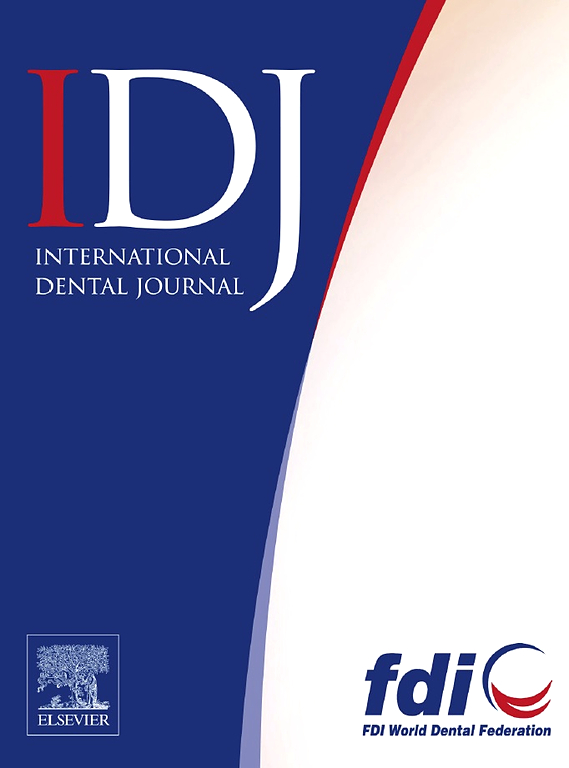Oral Hygiene and Lifestyle in Disadvantaged Schools in North-Eastern Hungary
IF 3.2
3区 医学
Q1 DENTISTRY, ORAL SURGERY & MEDICINE
引用次数: 0
Abstract
Introduction
Oral hygiene and the development of good health habits play an important role in maintaining overall health and achieving a good quality of life, thereby influencing self-confidence and psychological and somatic well-being. The aim of our research was to draw attention to the poor oral hygiene indicators of marginalised and disadvantaged groups and to look for correlations between different health behaviours and lifestyles.
Methods and data
Our research covered the prevalence of dental caries (decayed, missing, and filled teeth [DMFT] value), their dental visits and brushing habits, their lifestyle, psychosomatic state, and self-evaluation.
Results
Sample characteristics: n = 429 (318 primary school students + 111 high school students), mean age 11.5 (SD:3.2) years. One-third of the students lived in overcrowded, uncomfortable homes, 33.3% of which had no piped water supply. Nearly 40% of students reported that there was a dentist in their village, but 73% only visited a dentist when they had a toothache. Nearly half of students brush their teeth every morning and evening, but only a third receive more than 1 toothbrush a year. Many do not even have a toothbrush or only get one if their family can afford it. More than two-thirds of students consume sugary drinks and snacks after brushing their teeth in the evening. A high percentage (51.6%) were found to have acute gingivitis, and 47.8% of students were diagnosed with chronic gingivitis. The DMFT value was high at 6 (SD: 3.2), with a significant positive correlation between these values and post-toothbrush evening meals (p < .019). A total of 24% of the study group consumed alcohol regularly, and there was a high prevalence of smoking. The DMFT index showed a significant correlation (P < .036) with alcohol consumption.
Conclusion
The cumulatively disadvantaged youngsters’ oral hygiene and health behavioural habits show serious arrears, where unmotivated family background, low income, lack of dental education, and unavailable health care/preventive services all play an important role.
求助全文
约1分钟内获得全文
求助全文
来源期刊

International dental journal
医学-牙科与口腔外科
CiteScore
4.80
自引率
6.10%
发文量
159
审稿时长
63 days
期刊介绍:
The International Dental Journal features peer-reviewed, scientific articles relevant to international oral health issues, as well as practical, informative articles aimed at clinicians.
 求助内容:
求助内容: 应助结果提醒方式:
应助结果提醒方式:


